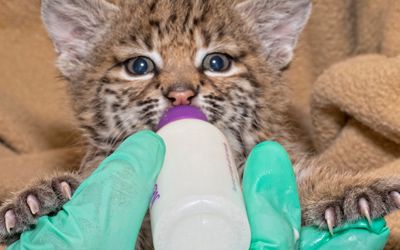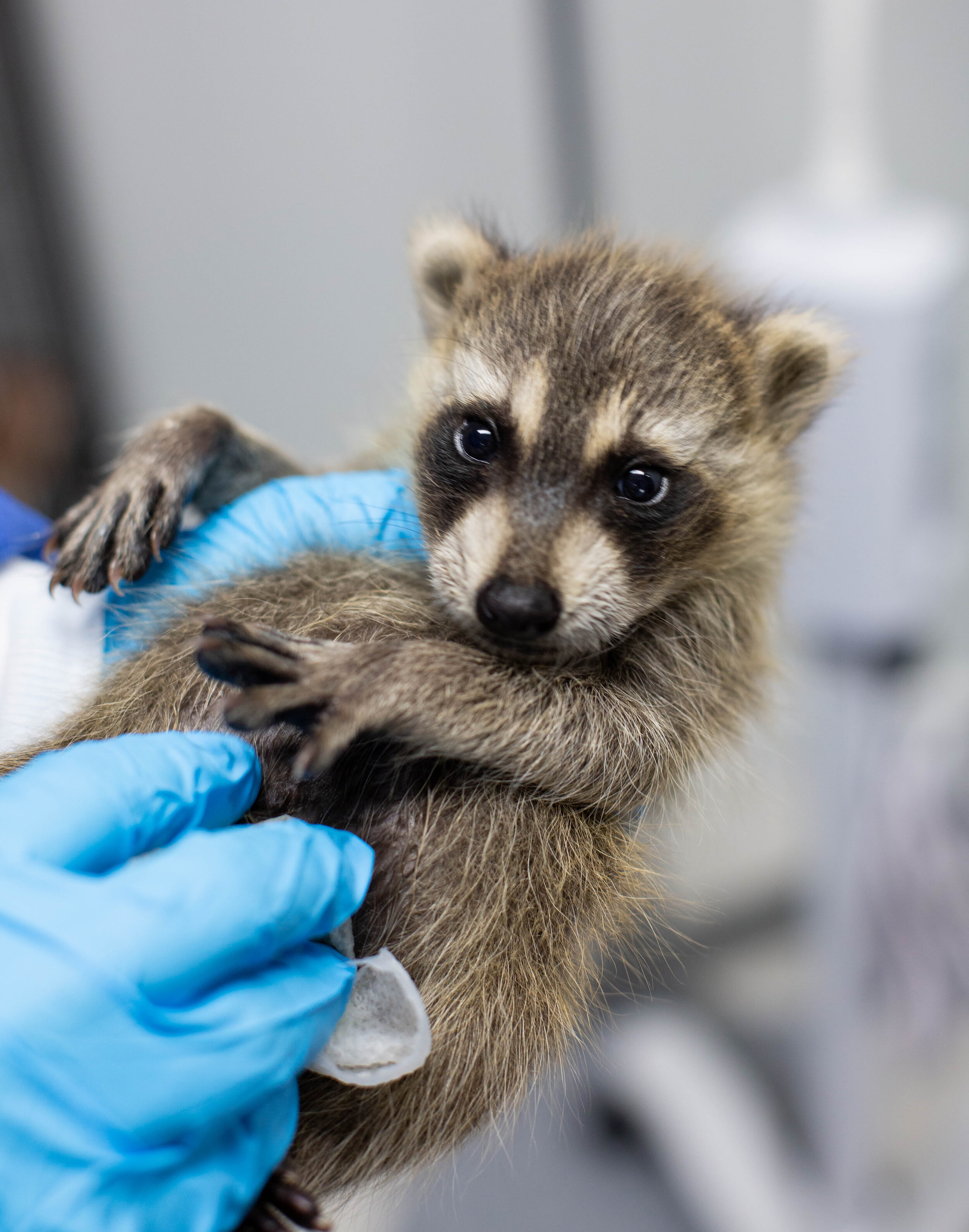Effective Wildlife Removal Techniques for a Peaceful Home Environment
In the quest of preserving a tranquil living space, homeowners frequently deal with the challenge of wild animals invasions, which can disrupt the harmony of their atmosphere. Executing reliable wild animals removal methods calls for a nuanced understanding of both gentle exclusion methods and preventative actions.
Identifying Common Wildlife Intruders
Determining common wild animals trespassers is a crucial primary step in effective wild animals management. Comprehending the details species that regularly infiltrate commercial and property rooms enables building proprietors and wildlife specialists to carry out targeted methods for reducing prospective damage and health and wellness dangers. Typical burglars often consist of raccoons, squirrels, bats, and various varieties of rodents and birds, each bringing special challenges.
Bats, while useful for controlling insect populaces, can become a hassle when they roost in attic rooms, potentially spreading out conditions such as histoplasmosis. Birds, including pigeons and sparrows, typically produce unhygienic conditions with their droppings, leading to structural deterioration and wellness worries - burlington animal control.
Humane Exemption Strategies
Understanding the common wildlife intruders is the structure upon which efficient exclusion techniques are developed. Recognizing types such as birds, raccoons, and squirrels helps in developing gentle exclusion strategies customized to specific behaviors and entry techniques. Exclusion is a preventative strategy targeted at rejecting wild animals accessibility to homes and properties, therefore reducing the demand for even more intrusive steps.
The cornerstone of humane exclusion entails sealing possible entrance factors. Furthermore, making sure that doors and home windows are secure, and that displays are undamaged, can additionally hinder entry.
An additional trick strategy is using auditory and visual deterrents. Setting up motion-activated lights or ultrasonic tools can discourage nighttime wild animals. Customizing the habitat by managing food sources, such as protecting garbage bins and getting rid of bird feeders, additionally plays a crucial role. These exemption methods not just shield the home setting yet likewise respect the wildlife, permitting them to prosper in their natural habitats without harm.
Safe Trapping Approaches
When exclusion strategies want, risk-free trapping techniques become a necessary choice in wild animals monitoring. Trapping, when carried out appropriately, supplies a humane and reliable means of attending to an instant wildlife problem while making certain very little anxiety and damage to the pet. This strategy calls for an understanding of both the habits of the target varieties and the moral factors to consider associated with wildlife handling.
These traps must be examined often to protect against excessive stress and anxiety or injury to the captured wildlife. It is critical to comply with local guidelines regarding trapping and moving to make certain compliance with lawful requirements and wild animals preservation concepts.
Furthermore, lure option and placement are essential elements in guaranteeing effective capturing. Lure must be selected based upon the nutritional choices of the target varieties and purposefully placed to draw the animal right into the trap. When trapped, the animal ought to be handled with treatment, making use of protective equipment if required, to help with secure transport and launch, consequently preserving a balanced ecosystem and a relaxed home atmosphere.
Preventive Home Modifications
While risk-free capturing techniques address instant wildlife problems, long-term options commonly involve preventative home adjustments to deter animals from going into human spaces. Implementing these adjustments not only enhances the security and convenience of your living setting but also minimizes the possibility of future wild animals invasions.
An essential element of preventative techniques is sealing possible entry factors. This entails checking and fixing any voids or splits in the foundation, walls, and roof covering, as these can become sites access paths for wildlife.
Landscape design adjustments can additionally offer as efficient deterrents. Trimming tree branches that overhang the roof covering and removing debris piles can remove paths and habitats that draw in wildlife. Preserving a clean yard by safeguarding trash can and compost stacks discourages scavengers such as opossums and raccoons.

## When to Call Experts
Expert intervention becomes vital in situations where wildlife concerns surpass the scope of DIY solutions. Home owners might experience conditions where the complexity or threat of the wild animals trouble demands professional know-how.
Additionally, infestations including protected or endangered types need a nuanced approach to adhere to lawful regulations. Specialists are outfitted with the essential permits and understand the legal structures governing the handling of such types. This makes certain that removal is conducted fairly and within lawful borders.

Lastly, when wildlife positions a persistent trouble despite duplicated DIY initiatives, specialist solutions can offer comprehensive evaluation and lasting remedies tailored to stop recurrence - burlington wildlife rescue. Their know-how not only fixes the prompt concern but additionally safeguards the home setting in the future
Final Thought
Applying reliable wild animals elimination techniques is necessary for maintaining a peaceful home atmosphere. Together, these strategies produce a harmonious living room free from wild animals disturbances.

These exclusion approaches not just secure the home atmosphere yet also value the wildlife, allowing them to grow in their natural habitats without damage.
Carrying out effective wildlife elimination techniques is essential for preserving a calm home atmosphere.